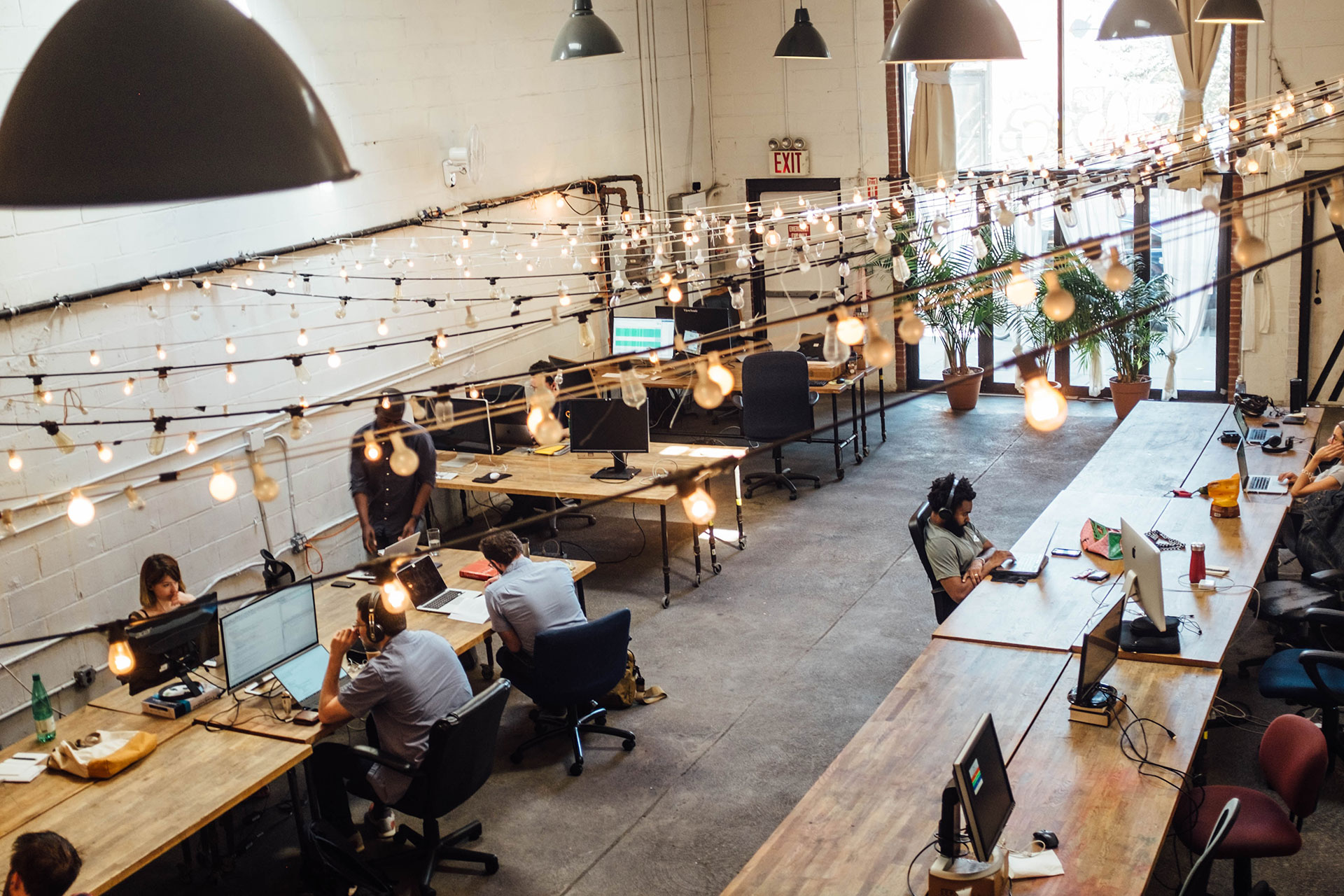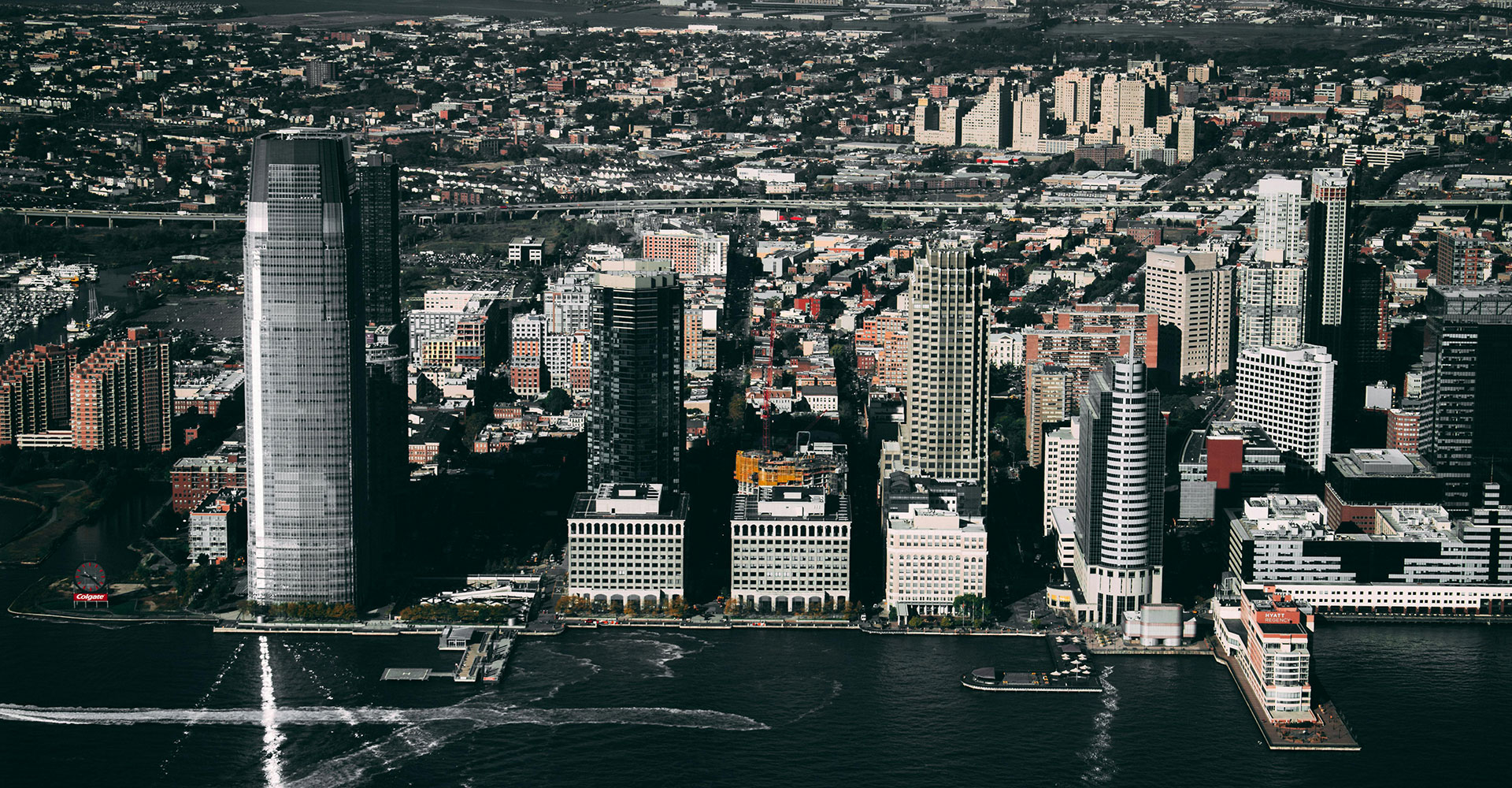It feels like every time we see the news, we learn that another retailer has gone bankrupt or chosen to transition to a 100% ecommerce platform. The trend had begun before COVID-19’s arrival, but the pandemic has certainly accelerated those transitions.
As spending habits, preferences, interests, and expectations evolve — especially among the younger generations — those who invest, own, or operate retail spaces will need to rethink their strategies, too.
Many class-B and class-C property malls, often older and not as popular, continue to lose tenants at a fast rate, too. Experts predict that more than half of the nation’s malls will have closed by 2023 and that over the next 10 years, existing buildings will constitute nearly 90% of all new development.
While they’re not necessarily less expensive than new building costs, saving money isn’t always the motivating factor to reuse a space. It’s often the location, unique environment, or existing design aesthetic that inspires an adaptive reuse project.
For example, one California architectural firm converted an old Texaco gas station into a coffee shop. Another client has adapted an abandoned sanitary landfill processing plant into a 180,000-square-foot sports and entertainment facility.
Malls make good options for adaptive reuse because they’re usually conveniently located near highways, public transportation, and/or entertainment. Their large, open spaces and abundant parking lots add to their attractiveness for redevelopment. Developers can convert portions into office and healthcare spaces, storage facilities, grocery stores, and even churches.
Other repurposed uses and non-traditional tenants may include:
- Gyms
- Hotels
- Entertainment venues
- Restaurants
- Libraries
- College satellite campuses
Jake Bisenius, President and CIO of AmCap says that many towns have already begun to embrace the adaptive use of retail space. “One of the trends we’ve seen in our suburban shopping centers is the willingness and desire of towns to add more density and walkability. We think this trend will continue to pick up with the uptick of people leaving urban cores for the suburbs. We can see some towns wanting to add to tehri tax base and repurpose parts of our vast parking fields in suburban areas to other uses, like multifamily and last-mile distribution.”
Building Residential Space into Malls
Some mall owners have begun to explore the possibility of redeveloping extra space left by the closures of anchor tenants like J.C. Penney, Bon-Ton, Sears, and others into apartments. Zoning issues aside, the concept has some merit.
First, it generates a built-in captive audience. With food and other basic necessities addressed on site, residents wouldn’t even need to leave the property to eat or grab a pack of toilet paper. Grocery stores could deliver directly to resident units.
Older people interested in downsizing — but not ready for assisted living — would benefit from proximity to other shopping, without needing to own a car. And if the mall also included medical services that catered to senior citizens, so much the better!
Developers of Alderwood Mall in Lynwood, a suburb of Seattle, WA, have already begun an adaptive reuse project. They’re converting a portion of the 41-year-old shopping center into a 300-unit apartment complex that includes underground parking.
The mall will still house commercial tenants — 90,000-square-feet will remain retail space — but the apartment section will become the new anchor. It’s yet another example of how the pandemic has accelerated, rather than changed, real estate trends.
This project represents a good case study for long-term opportunities in mall-to-housing conversion projects. The Seattle bedroom community of about 40,000 people has suffered from a housing shortage, and the mall provides an ideal solution.
Some experts, like White Hutchinson Leisure & Learning Group’s CEO Randy White, says, “Before the Great Recession, we had too many retail spaces; now we have way too many retail spaces. It may be we’ll only be left with A malls. Before the pandemic, I thought the B-plus malls would survive. The outdoor lifestyle centers will survive — they’re perceived as safer than indoors. But it’s hard to escape the fact that we’ve trained people to fear the world, and that it’s going to have long-term impacts on their behaviors.”
Other experts, including one managing director of retail asset services, predicts that retail spaces will become more adaptive to fill other, non-hospitality-focused roles, including flex or warehouse space.
Repurposing Retail for Entertainment
While newer malls have already factored in entertainment into their offerings — like New Jersey’s American Dream mall with its ski hill and water park — existing malls have courted property developers with fun ideas. Some are transforming empty anchor stores into mini-golf, go-kart, and arcade spaces. During the COVID outbreak, malls have hosted pop-up cinemas and converted parking lots into drive-in theater venues.
Repurposing Retail into Warehouse Spaces
Christopher Conlon, EVP and COO of Acadia Realty Trust says that they’ve looked to retailers for direction about what improvements they need to meet demand of evolving shopping dynamics. “Big name retailers are leading the evolution,” he says. “More space is being allocated to fulfillment—sales floors could shrink. These strategies are still in the early innings.” Consumer interest in By Online Pick Up in Store (BOPIS) has accelerated as has interest in Ship from Store.
With more and more consumers choosing to order online for home delivery, the demand for storage closer to the communities in which those people live continue to grow. Last mile logistics, which focus on delivering items to end users quickly and efficiently, benefits from distribution centers located closer to population centers.
Empty storefronts converted into warehouse spaces could help relieve pressure on the last mile delivery issues. When ecommerce businesses can optimize that final step in the delivery process, they save money and delivery time.
Many Options for Adaptive Reuse
With more and more companies closing — and this sector of oversupplied property expanding, with fewer tenants — plenty of opportunities remain for adaptive reuse, based on size, space, and location.
Regardless of use — for expanded entertainment, housing, office space, medical services, warehouses, grocery stores, and more — new development and project mixing might provide the perfect solution for communities that want shorter commute times, faster product and service delivery, and more options close by.
If you’re a property developer or owner looking for innovative ways to repurpose retail space, talk to one of the members of CREA United’s Retail group. Together, we offer a wealth of knowledge and experience to help you investigate adaptive reuse for your next real estate project.

